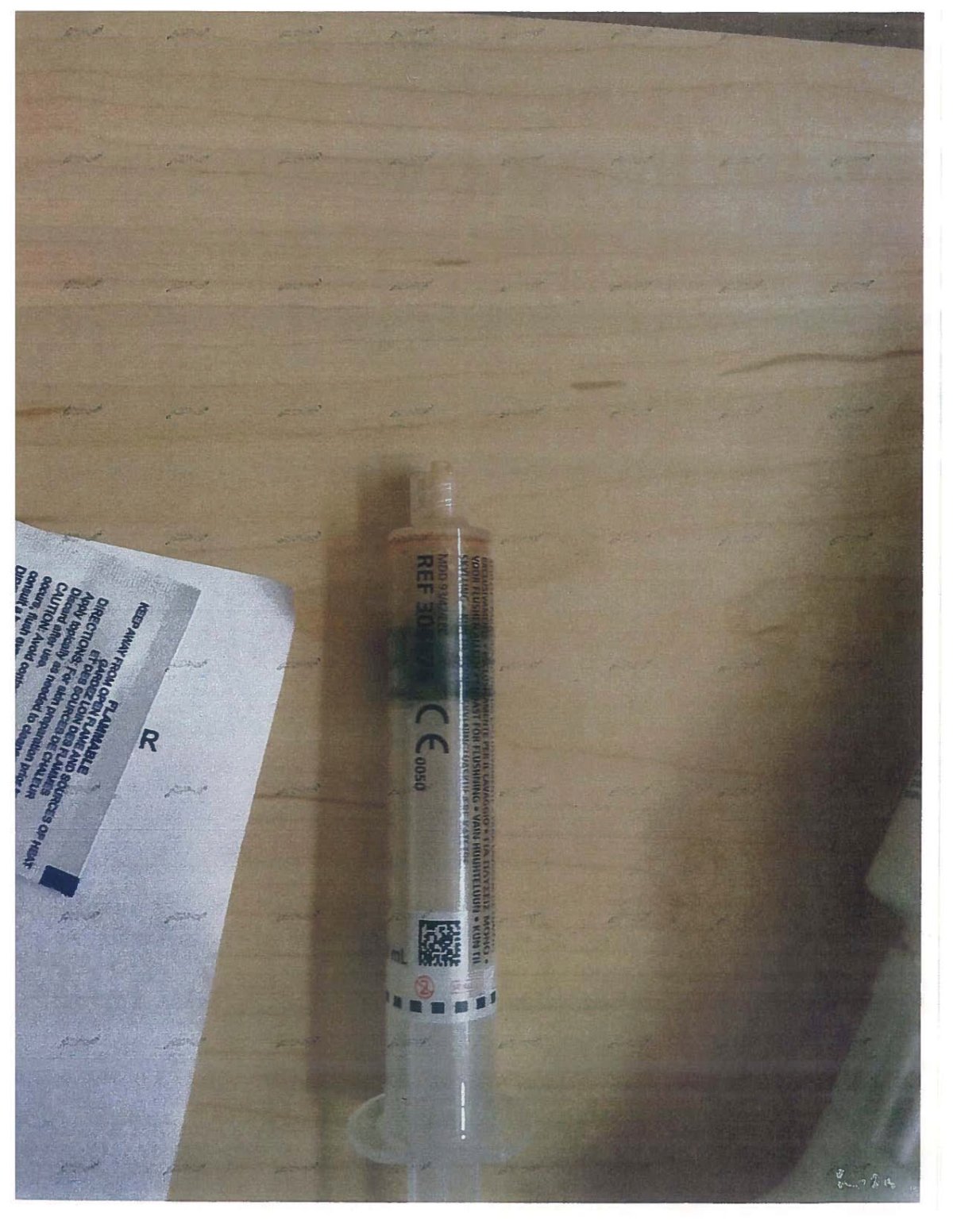The coroner’s inquest into the deaths of eight Barton Street jail inmates heard Monday, that 38-year-old Trevor Burke was in hospital, under a 24-hour watch when a syringe of hydromorphone was found in his hand.

According to Dr. Timothy Karachi, despite best efforts in Hamilton General’s intensive care unit, his condition deteriorated steadily thereafter.
At the time, he said, Burke wasn’t necessarily presenting like a person who had overdosed.
He had been admitted initially for an infection on his leg that required potent antibiotics.
An agreed statement of facts shows numerous medical appointments before that time, pertaining to the methadone maintenance program, and a pain in his hand.
Counsel to the coroner, Karen Shea, read aloud from the statement that on several occasions he was found with homebrew in his cell and in February 2014, he was caught hoarding medications, that were subsequently cut off. That same month, the inquest heard his mental state was also a concern.
All pieces of information that several nurses and correctional officers testified, they were not aware of, at least initially, during his stay in hospital.
Craig Fournier was one of the correctional officers guarding his room on March 24, 2014, the day before he died. “It’s a fine balance,” he said, referring to managing security requirements pertaining to an inmate while in a community setting.
Strip searches for drugs are not a regular practice, although a search of the room and washroom before and after use are. Drug-hoarding behaviour was never communicated to him from anyone at the jail, he said.
By that time, Sonya Dobrotenko, a nurse at both the Hamilton-Wentworth Detention Centre and the hospital, testified she had confronted Burke multiple times about saving pills in his mouth, including hydromorphone that was eventually administered as a liquid through a PICC line.
“It’s an intimidating situation,” she said, recalling Burke getting flustered when she asked to inspect his mouth.
The inquest heard that often, the correctional officer on guard would be situated outside the door of the room unless a nurse requests that they step inside during medication rounds.
Fournier said on March 24, 2014, he could see Burke from about the waist down. He had one leg secured to the bed and both hands free.
Although he said his response wouldn’t have necessarily have changed with with information about drug hoarding, another correctional officer, Craig Worsell, said it could have been beneficial and that more information should pass between nurses and correctional officers.
Registered nurse Shelley Weniger told the jury she would prefer the correctional officers to be posted inside the room to provide “more eyes on the patient.”
Burke was pronounced dead on March 25, 2014, of what previous testimony by Dr. John Fernandes points to as hydromorphone toxicity, followed by organ failure by sepsis.
In addition to the syringes, Burke was found with hydromorphone pills, matches and tobacco on him.
According to the agreed statement of facts, Hamilton General updated its policy on the management of patients requiring the presence of a correctional officer in 2015.
It now advises medical staff to inform escorting correctional officers of drug-hoarding behaviour, and allows them to assist a nurse with mouth checks when there is suspicion the drug has not been swallowed.








Comments